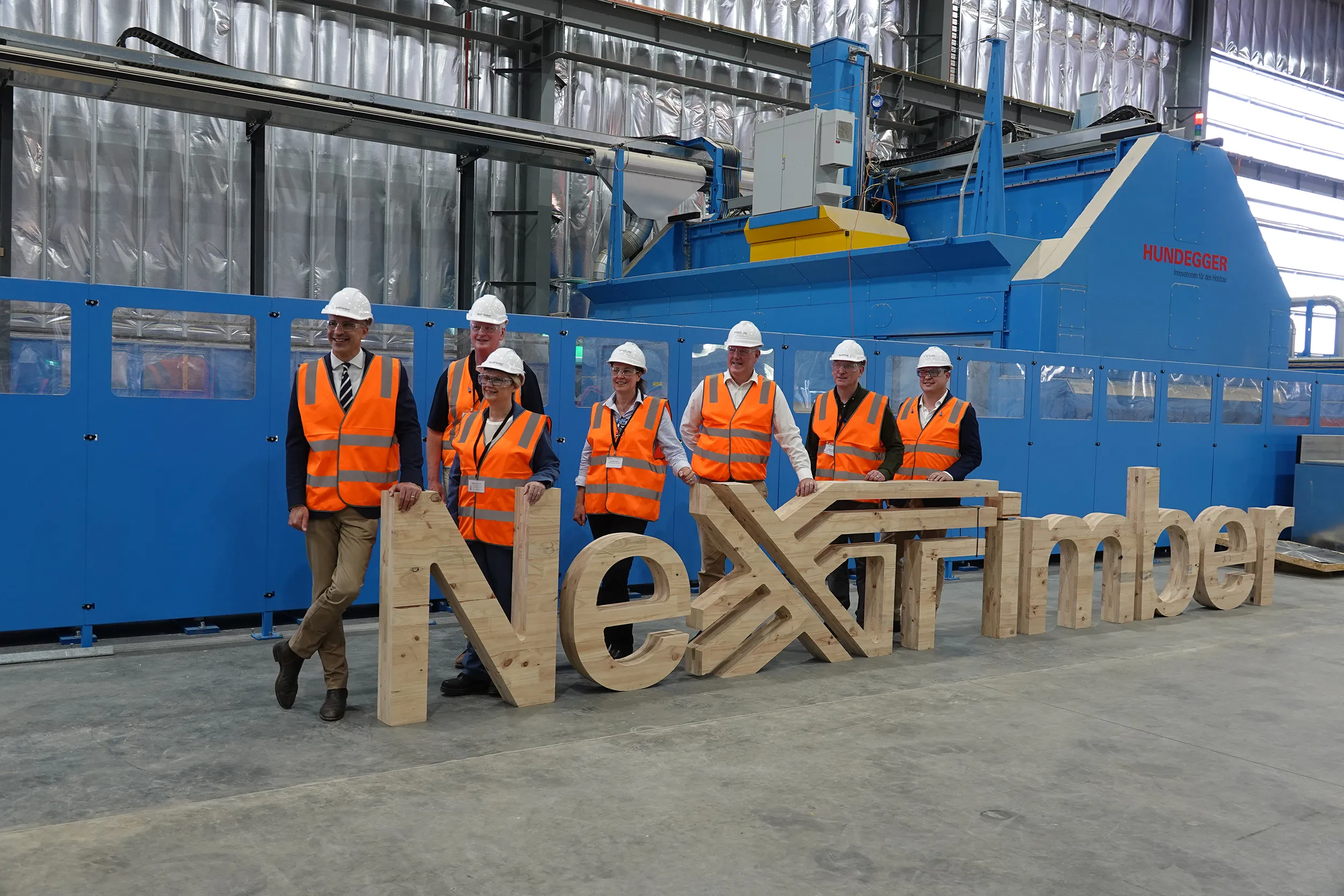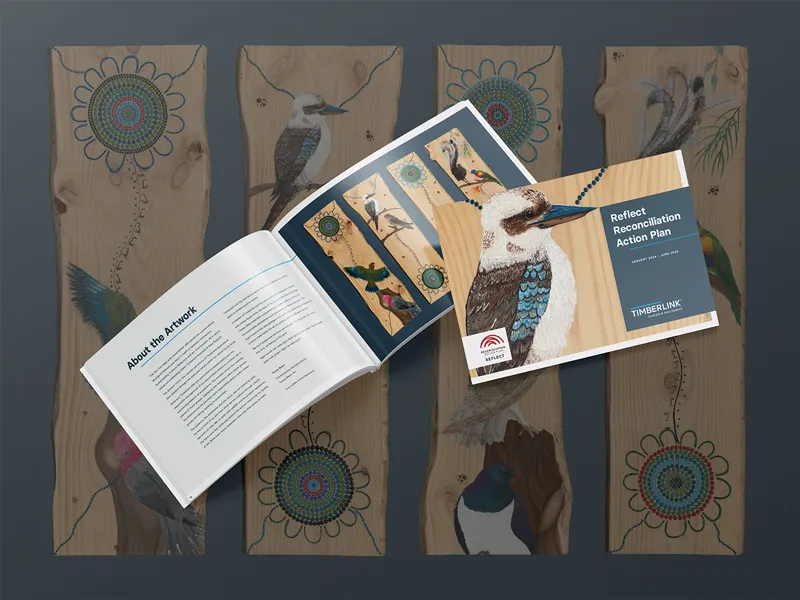What should I use to frame my house?
Timber or Steel? The great debate.
When building a home, one of the decisions that owners traditionally haven’t been involved in is the choice of structural material that holds up the house. The decision on the material of the wall frames and roof trusses have typically in the past been made by your builder, and they have historically made the right choice of timber in the majority of Australian homes. However, today more than ever, homeowners are interested in the sources and sustainability of all of the materials in their home. They are able to do much more research on these choices and reality TV shows, combined with ever rising costs of housing, have provided this generation with new source of inspiration to get more involved in the building of their homes.
We still think most builders know best and choose timber but as an owner builder or an engaged owner what are some of the reasons you should use timber? We’ve put together some information tailored for the Australian environment to help you get more involved in this decision and discuss with your builder.
Why Use Timber framing?
The most commonly used framing material is Australian structural plantation pine. Choosing pine timber framing will contribute to the appeal, practicality and environmental performance of your home, whilst keeping costs down. Lightweight framed construction is used for floors, walls and roofs. Prefabricated system solutions built off-site and delivered to the house build are becoming more prevalent. This provides for quicker construction and less product waste on site.
A well-designed and constructed lightweight timber frame will have all the answers you need in terms of protection from condensation, rot, termites and bush fires, in line with building regulations. Lightweight timber framing is ideal for the Australian climate and different house styles with its low thermal bridging and design flexibility. A lightweight house frame made from Timberlink can adapt to climate, design and architectural expression.
Cost
Steel is costly and not very flexible; a simple mistake can cost builders hours in labour and other material costs. The lack of flexibility can also make renovations harder down the line. In almost all cases a Timber frame will be cheaper, it is more readily available than steel and able to meet the individual aspects of your home.
Environmental Impact
Steel production requires inordinate amounts of energy and remains one of the major polluters on the planet. Sustainably sourced timber provides a renewable building material and far less pollutants to produce. At Timberlink, every cubic metre of kiln dried pine we make represents 631kg of the greenhouse gas carbon dioxide being removed from our atmosphere and locked into the timber. Timberlink timber is also both FSC and Responsible Wood certified, making Timberlink the only major Australian softwood sawmill to hold dual environmental certifications.
Fire Resistance
In terms of fire resistance, timber maintains its structural integrity longer than steel, which loses strength rapidly when exposed to heat. Where timber is used extensively in exterior applications and around the house, the AS3959 covers construction of buildings in bushfire-prone areas and specifies the categories of fire risk and defines compliance measures for each.
Climate adaption
Steel is more likely to expand in the harsh Australian summer months, putting pressure on different areas of the home. This may cause steel framed houses to be noisy, creaking during temperature changes as well as causing premature cracking in plaster.
Cracks
There are not many things worse for a homeowner than cracks appearing inside your house. Due to the pressures of the harsh Australian Climate making steel expand and redact more, cracks are a common occurrence. Timber has a lower thermal bride and therefor expands and contracts far less in the extreme Australian climate.
Termites
It is natural to think that steel could be a solution to termites but your house may still have plaster, skirts and flooring made from timber, so this is not always the case. Regardless Timberlink Blue treatment provides termite protection with a 25 year guarantee from termites.
Insulation
Timber framing is more energy efficient than steel. Lightweight timber framed construction has low thermal mass and is well insulated, low mass houses can respond rapidly and efficiently to auxiliary heating and cooling. The thermal transfer of heat is high within steel housing whereas timber is a natural insulator. This means that timber framed homes stay cooler in summer and warmer in winter, as a result, a timber framed house can save you a lot of money on your energy bills.
Workability
Timber is a readily available resource and framing can be constructed quickly and easily and altered to suit your home’s design. It is a lightweight product that is easy to use. Only highly experienced framing specialists are permitted to put together steel frame kits, whereas a large portion of tradies have experience working with timber on a daily basis.
Decor
It’s hard to put a nail into steel and making your house feel like a home is an ever evolving and deeply personal job. Everything from hanging art to putting cabinets in is easier in a timber framed house. As your family and you change over time, you can adapt without any hassles or having to pay someone to come out if you have a timber frame.
Conclusion
Timber is by far and away the leading choice amongst builders and architects in Australia and around the world. When it comes to Timber vs Steel, there really is no choice. It’s lightweight, flexible, easy to use, cost effective and environmentally friendly.
Find a local fabricator through the FTMA – https://ftmanews.com/


